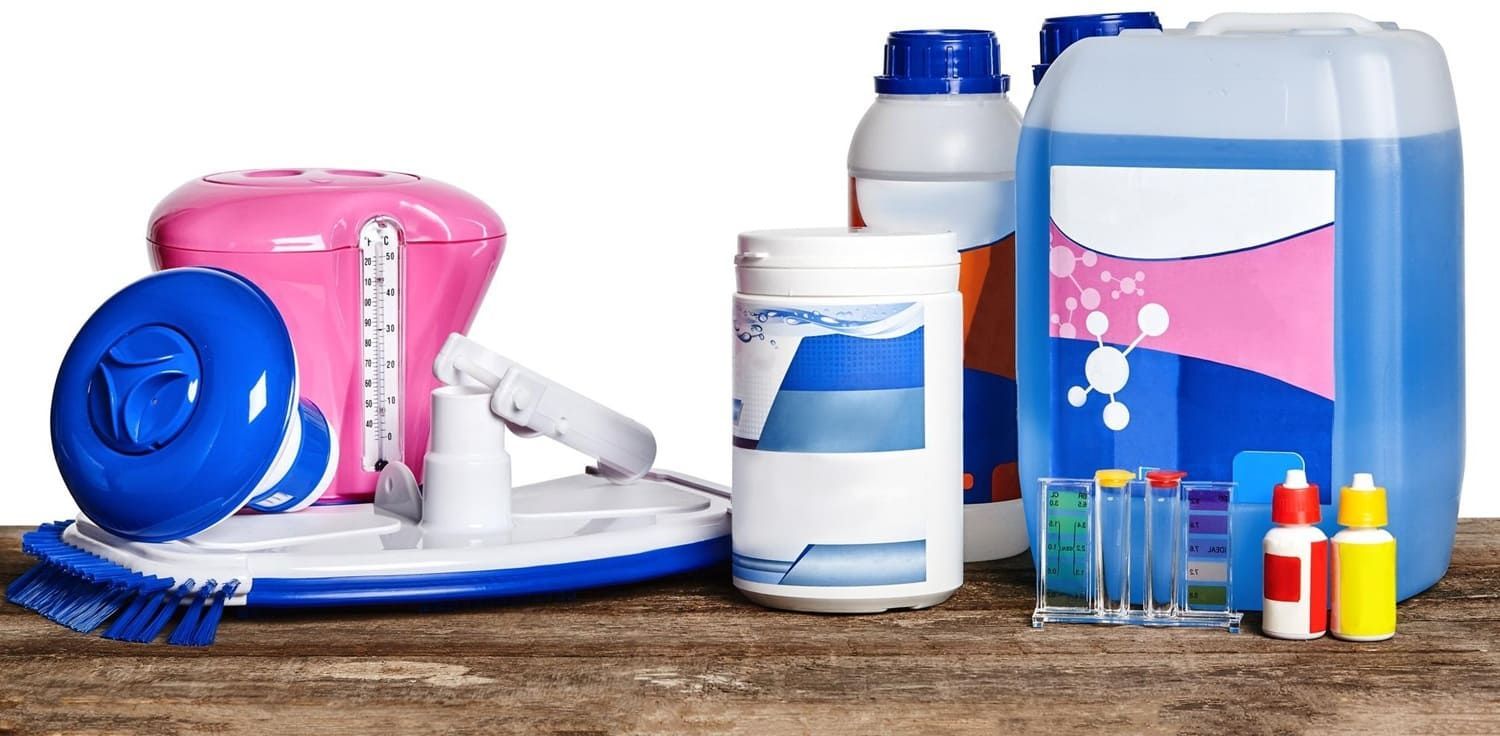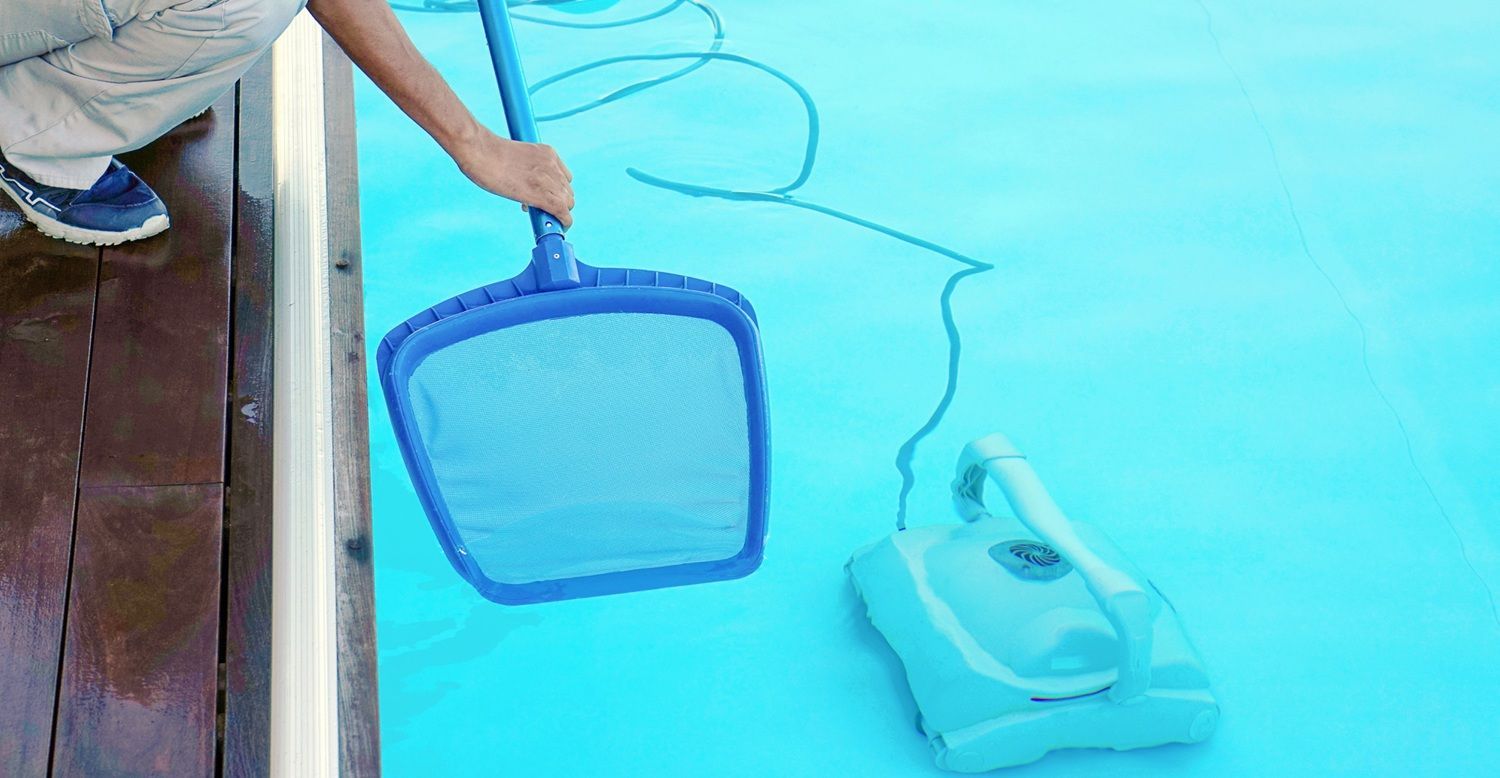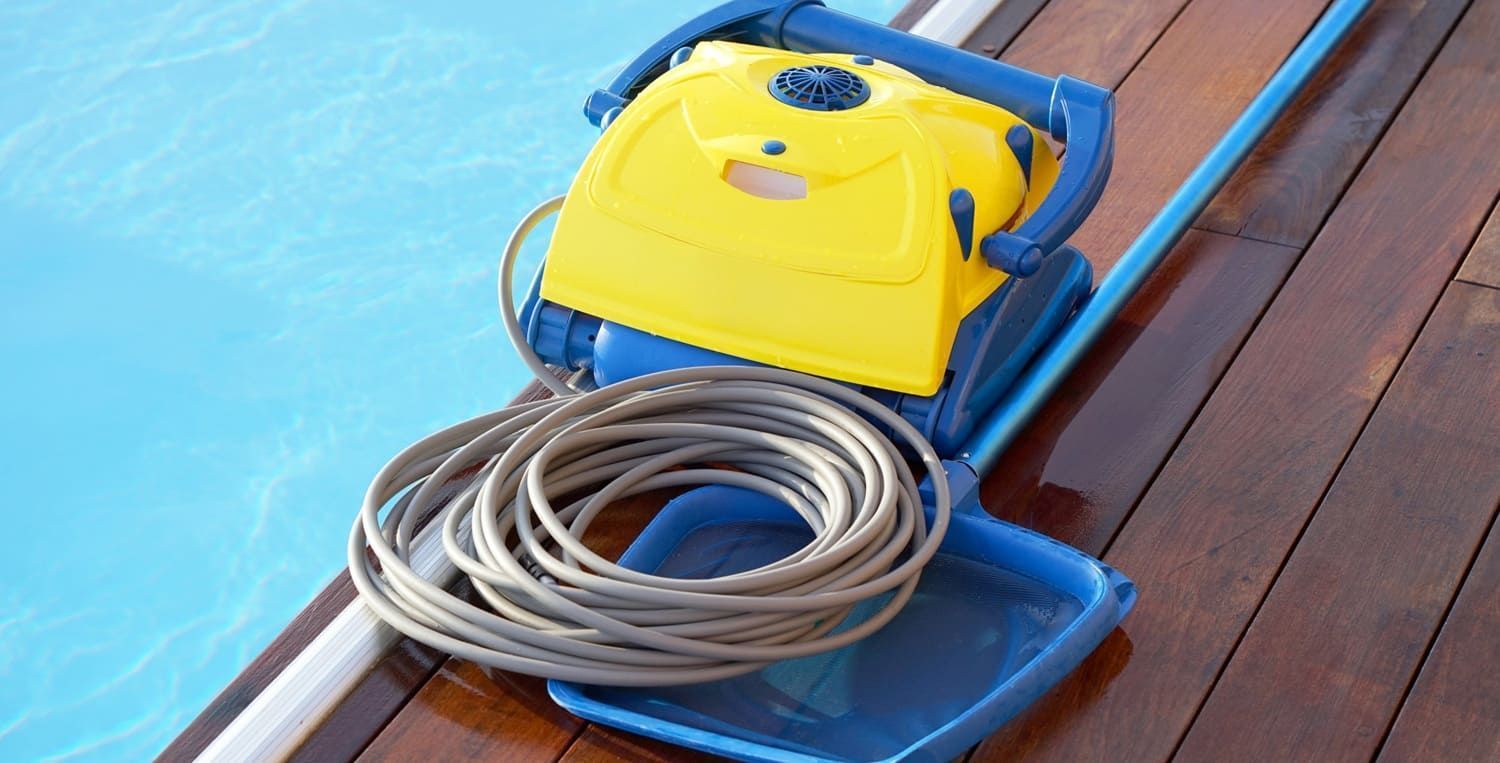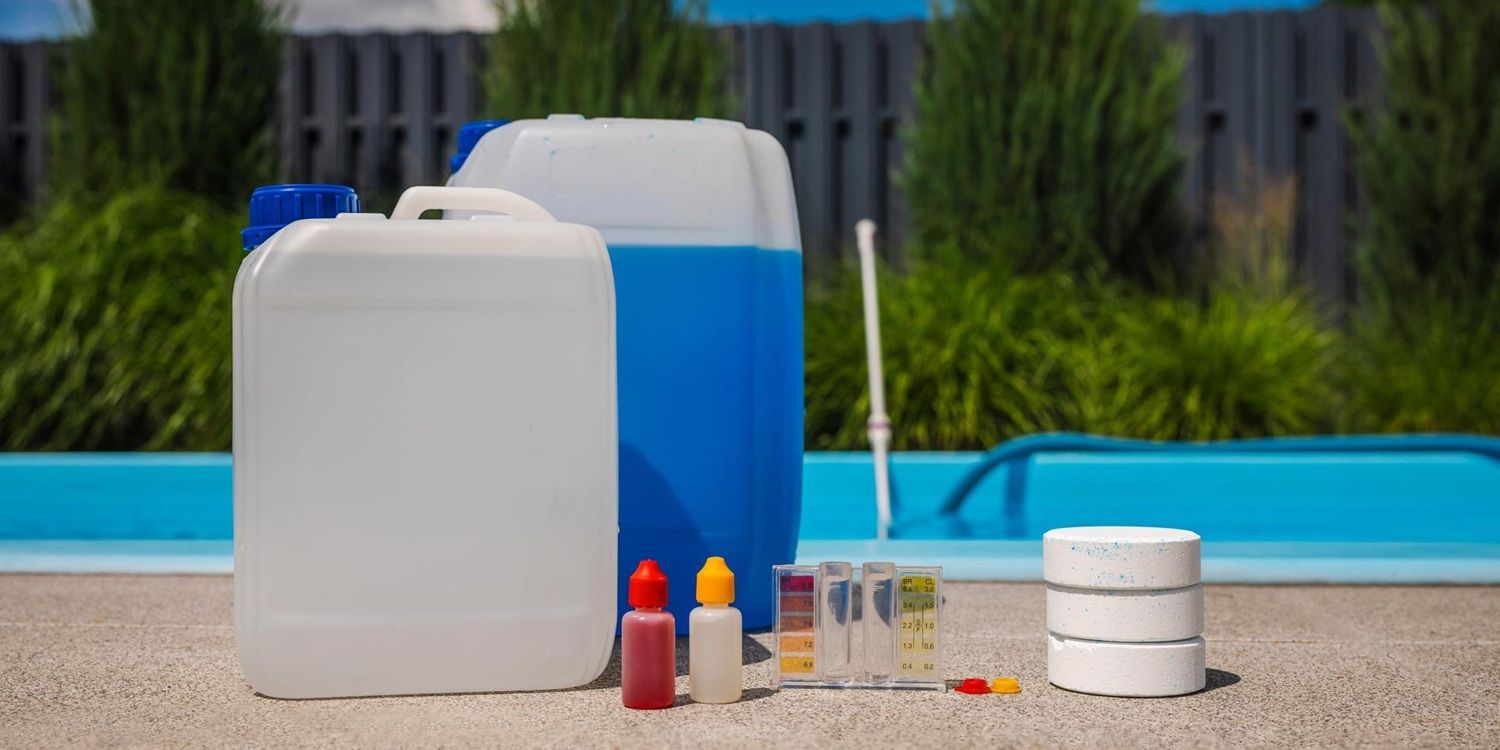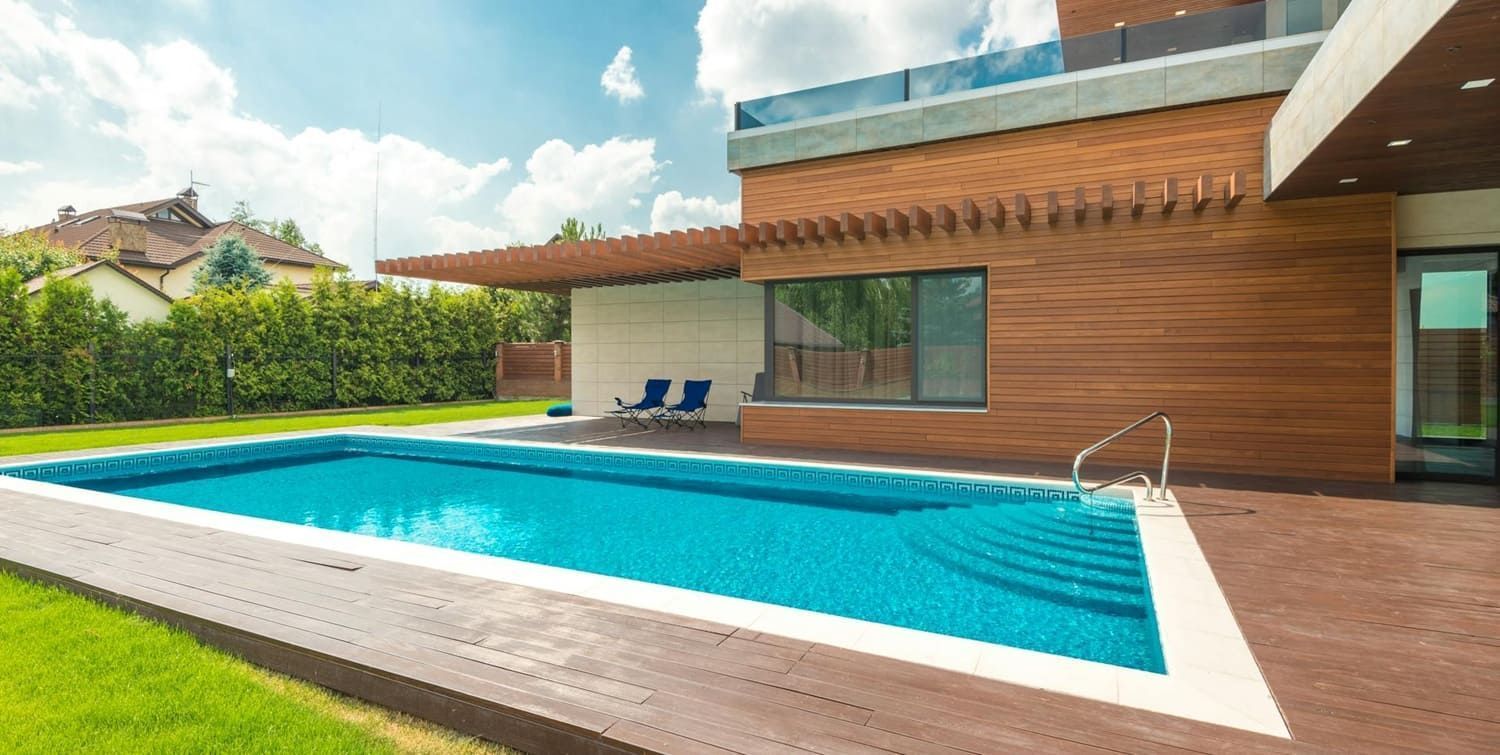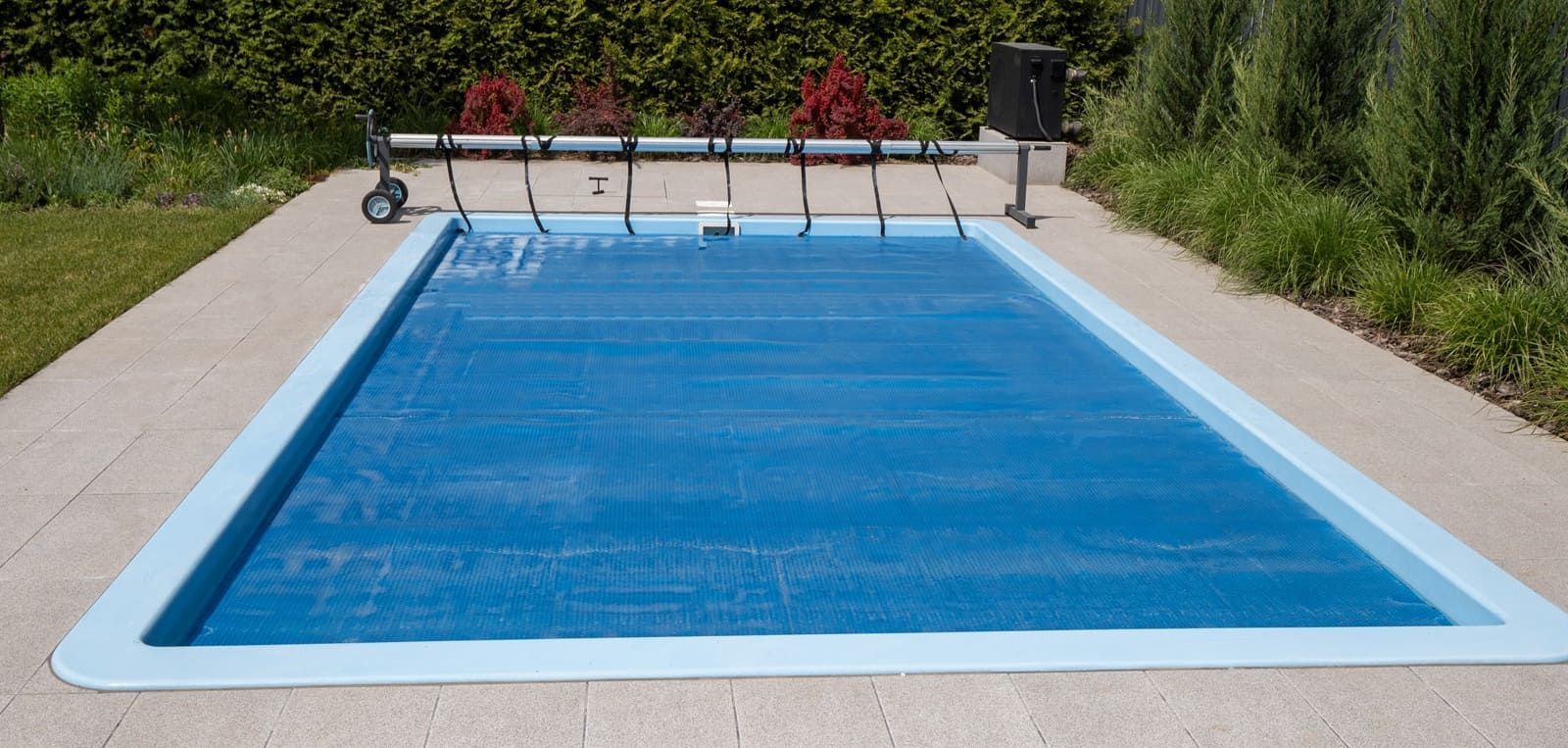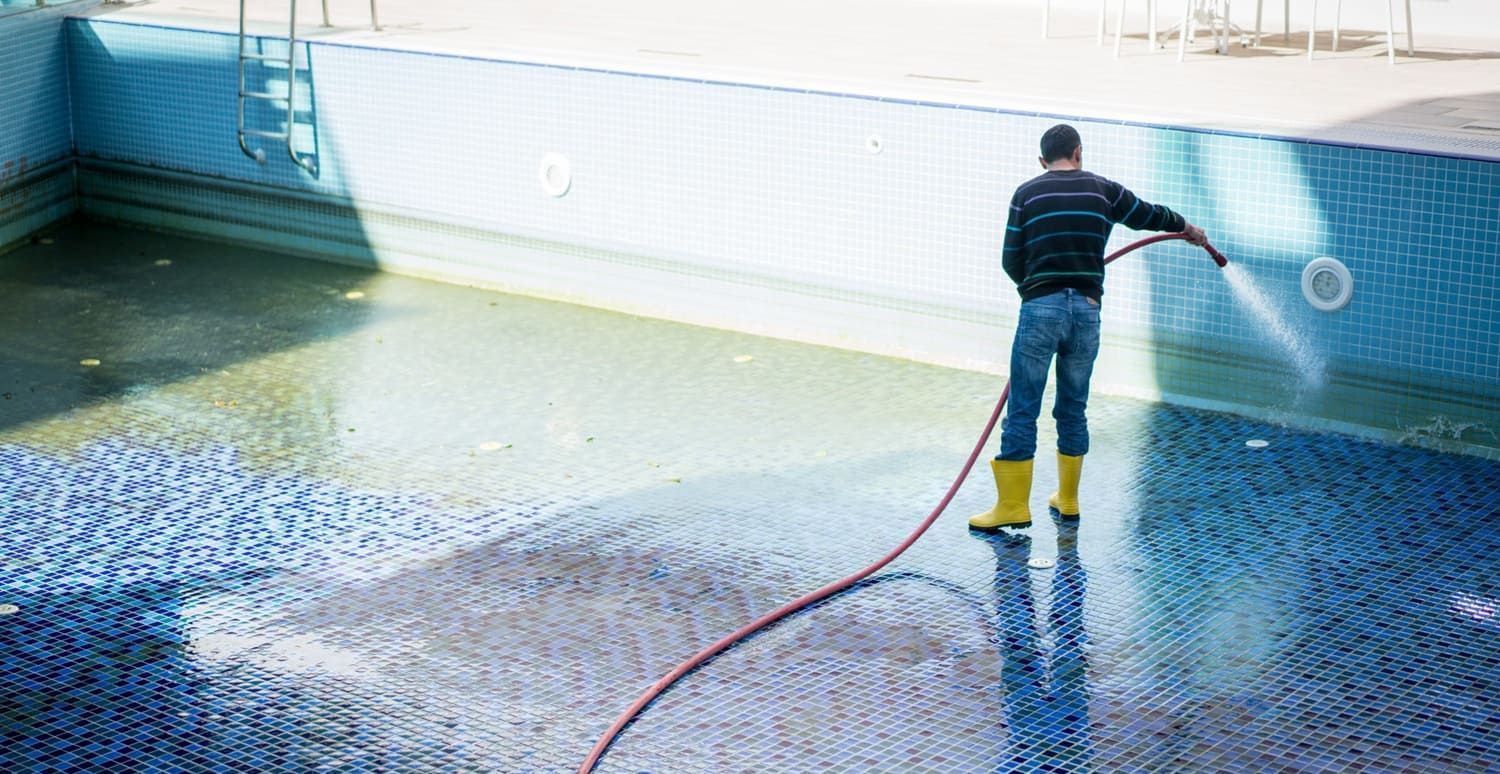How to Remove Pool Stains: Your Complete Guide
LayorCare Blogger • September 4, 2019
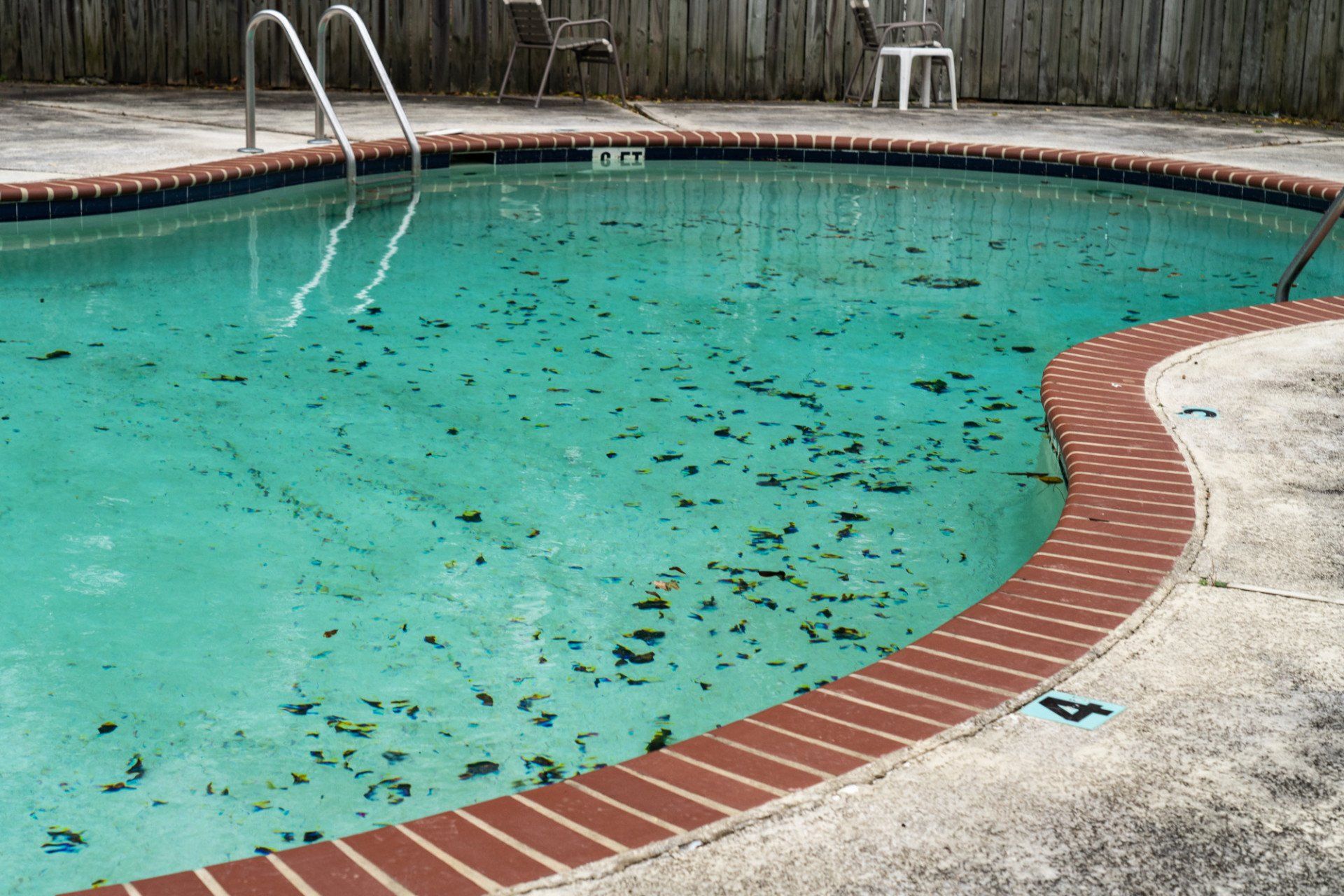
Having a pool is a huge investment in your property. First, there is the extensive cost of installation. Then, the maintenance begins. Pool owners can expect maintenance costs in the $3-$5K range every year.
After shelling out all that dough you want your pool to be beautiful all the time. So, what do you do when you notice pool stains forming at the bottom? There are many ways to address the problem. Here we will give you the ultimate guide on removing pool stains.
Your Complete Guide to Removing Pool Stains
Before running to the hardware store and picking the first pool stain remover you see it's good to know what the stains are. There are stain removers that work better on certain types of stains.
Let's go over some common causes of pool stains.
Causes of Pool Stains
There are many reasons for pool stains. From organic causes like mustard algae, berry bushes, and other plant matter to inorganic causes like heavy metals, each has a different solution.
Your first step is to pre-treat the pool
and get it ready for the solution. Then you can diagnose the problem accurately.
Once you identify the source of the stain, you can come up with the solution. Let's diagnose and solve some common pool stains now.
Top Solutions for Getting Rid of Pool Stains
We will go over organic stains first. Look at the color of the stain. Organic matter is the most likely culprit if the stain is green, brown, red, or blue.
Different types of algae can flourish in a poorly treated pool. Green algae float on top of the pool and can cling to the sides. Mustard algae and most yellow/brown algae will like the bottom of the pool.
The fastest way to get rid of these stains is to apply chlorine straight onto the discoloration. Scrub with a brush and watch it disappear. Run a water test to see what other stuff might be in the water, and treat accordingly.
Noticing red, blue, or purple stains? Do you have berry bushes? These stains come from berries and other fruits getting into the pool and bursting on the surface. Like a rug inside your home, the berries can cause staining on your pool.
Check around the area of the stain for the bush that is shedding. Remove the bush
to avoid future stains.
Shock the pool after you've removed any organic matter. Scrub down the sides and floor of the pool after the shock. This will remove any remaining coloring.
Stains from leaves and dirt can appear in long, undisturbed pools. You're likely to see these stains when you uncover your pool after the winter.
Clean the pool, remove any leftover debris, and scrub down the stained areas. Shock the pool and get the chemical profile in order. Test the water and confirm that your levels are on point.
Now for the common inorganic staining agents.
When you get into the stains caused by rust, iron, or copper scaling, you need more specialized treatments. Scour and scrub the entire pool surface and skim off any debris. Take a water test to see where the water is at.
Take the results to your local pool store, and they can recommend some specific products for your issues. They can read the results and will know what type of metal stains you're dealing with.
Once you've determined the solution that's needed, you can buy the correct remover. There are specific removers for iron, manganese, copper scaling—you name it.
Take the remover and apply it over the stained areas. Brush the remover into the stain to help it do its work.
These heavy metal deposit can come from lots of different places.
Copper is from the corrosion of copper
and brass pipes. This will result in blue, green, teal, black or dark purple stains.
Iron is from well water or corrosion of iron pipes and fittings. Iron will result in rusty brown, gray or greenish-brown stains.
Manganese is from well water and will result in pink, dark brownish-black or purple stains.
Once you've determined the type of stain you have, you can work on locating the source of the contamination. Replace any worn-out piping. Make sure wells are watertight and not leaching into your pool.
Continued Maintenance and Preventative Measures
Locating the source of any type of pool staining is key to preventing it in the long run. If you have a tricky backyard and it's hard to avoid staining, there are options. Consider a black pool liner, which will hide the stains between cleanings.
Lay on a pool sealant
to protect the surface from yellowing or staining. This will help you keep winning the battle against pool yuck.
Regular pool shocking and keeping the chemicals in the proper levels will avoid most stains. It will prevent algae from forming and give you a barrier of protection.
Not into chemicals? Consider creating organic pools. These filter through natural osmosis rather than chemicals. Through using naturally filtering aquatic plants, you can keep your pool nice and avoid any chemicals leaching into your skin.
Keep Your Pool Sparkling Clean All Year Long
We hope these tips will make your pool stains a thing of the past. By taking some extra steps throughout the year, you can keep that pool sparkling. As with most things, an ounce of prevention is worth a pound of cure.
The last thing you want is to need to re-surface the pool. That's an expensive fix and easy to avoid.
Regular maintenance and cleaning schedules prevent the need for stain removal. Consider hiring a professional to help you maintain your pool if you're too busy to stay on top of it.
Check out our high-quality pool cleaning
products today and get your backyard barbecue ready.
Recent Posts
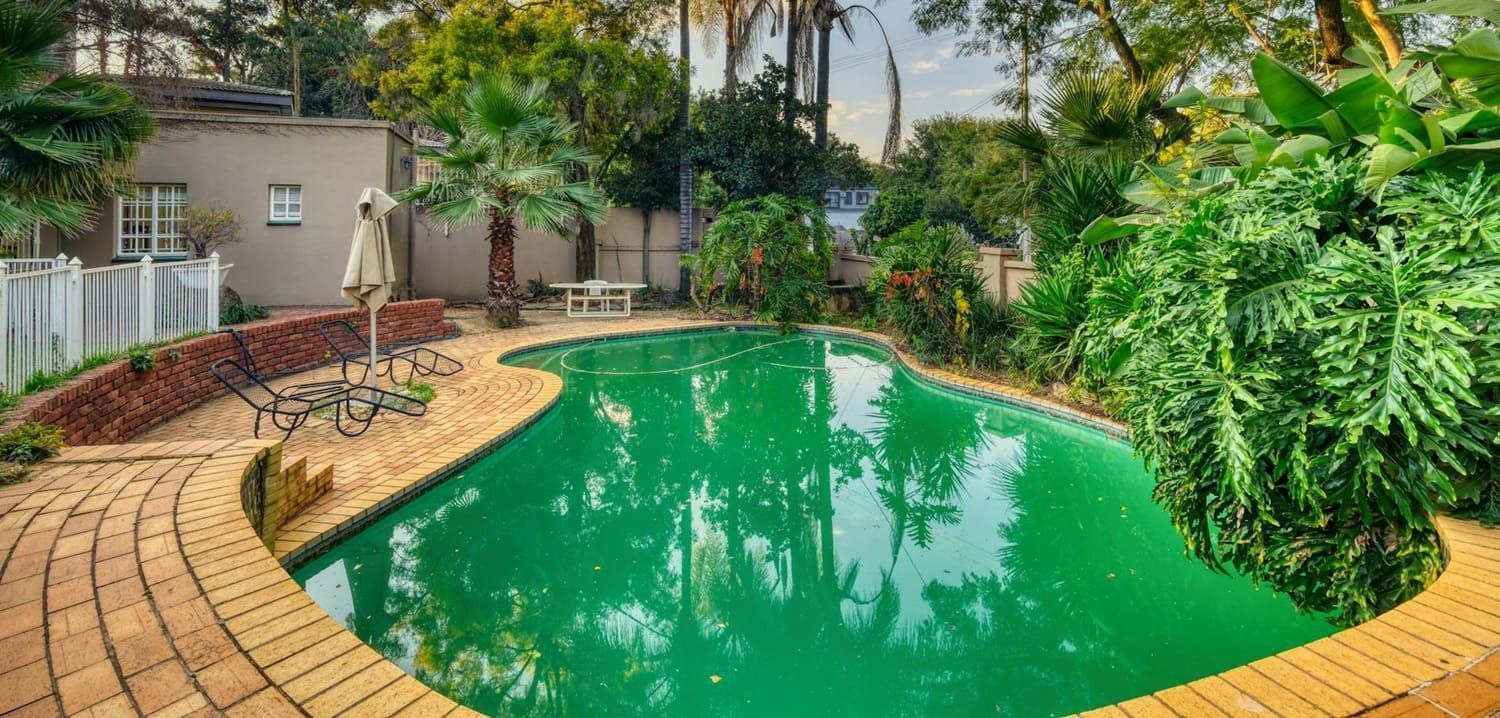
By LayorCare Blogger
•
November 4, 2025
Learn the best way to effectively remove algae from your pool and keep your water sparkling clear. Discover eco-friendly, expert-recommended solutions and proven pool maintenance strategies to prevent and eliminate algae growth for a healthy swimming environment.

